Top 10 Japanese Culture, Customs and Etiquette
Should you remove your shoes when visiting friends? Should you greet those on elevators with a smile? When thinking about the dos and don'ts in your own ... read more...nation, these questions might not seem like the most obvious ones, but things that you might not even consider at home can have a major impact abroad. Here is a list of Japanese Culture, Customs and Etiquette.
-
The Japanese rely on a person's posture, tone of voice, and facial expression to convey their emotions. Since words can have multiple meanings, people frequently place greater trust in nonverbal cues than verbal ones. The meaning of words is influenced by the context in which they are used. In order to completely appreciate the response, it is crucial to comprehend the circumstance.
When someone frowns while speaking, it's assumed that they are disagreeing. When speaking, the majority of Japanese keep a neutral expression. There is a book on how to read signs for "gaijins" (foreigners) because non-verbal communication is extremely important! Staring into someone else's eyes, especially one who is older or more important than you, is regarded as disrespectful.
The Japanese avoid eye contact in crowded places in order to protect their privacy. In Japanese culture, maintaining face is important. The Japanese think that declining someone's request results in the other person losing face and being embarrassed. They will respond with "it's inconvenient" or "it's under consideration" if the request cannot be granted. Face is a symbol of individual dignity and denotes high social standing. They refrain from publicly criticizing, insulting, or putting someone on the spot as a result.
https://www.westend61.de/ 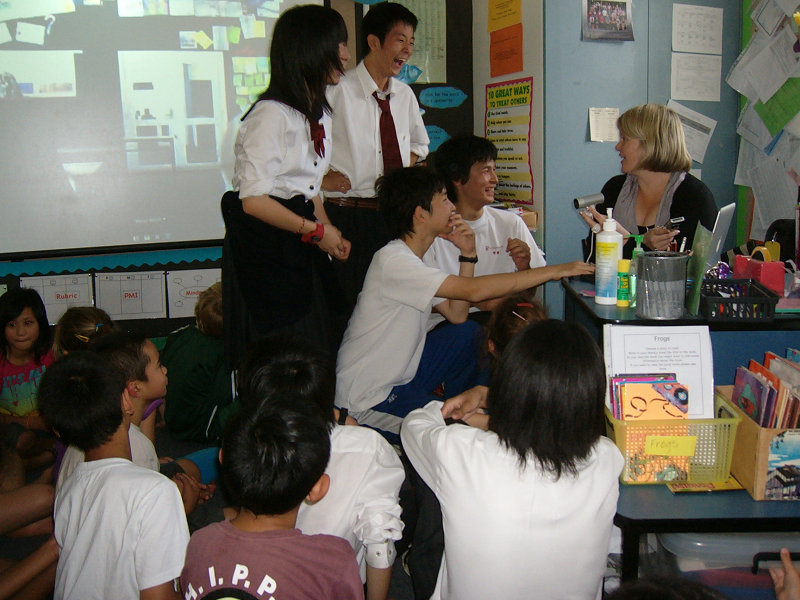
http://room14-hes.blogspot.com/ -
Giving gifts is a deeply ritualized and significant activity in Japan. As important—and occasionally more so—than the gift itself is the presentation ceremony and the manner it is wrapped. There are many reasons to give gifts. It is not necessary to spend a lot of money on the gift, but you should be very careful when choosing what kind of gift to give.
Small cakes or premium chocolates are both appropriate options. Lilies, camellias, and lotus blossoms should not be given as they are connected with funerals. White flowers of any kind should also be avoided. Potted plants should not be given as they promote illness, however a bonsai tree is always allowed.
If you buy the gift in Japan, have it wrapped. Give products in odd numbers, but not 9 (the digits 9 and 4 are considered unlucky in Japan). The greatest options for wrapping paper are pastel hues. Gifts are not always opened right away.
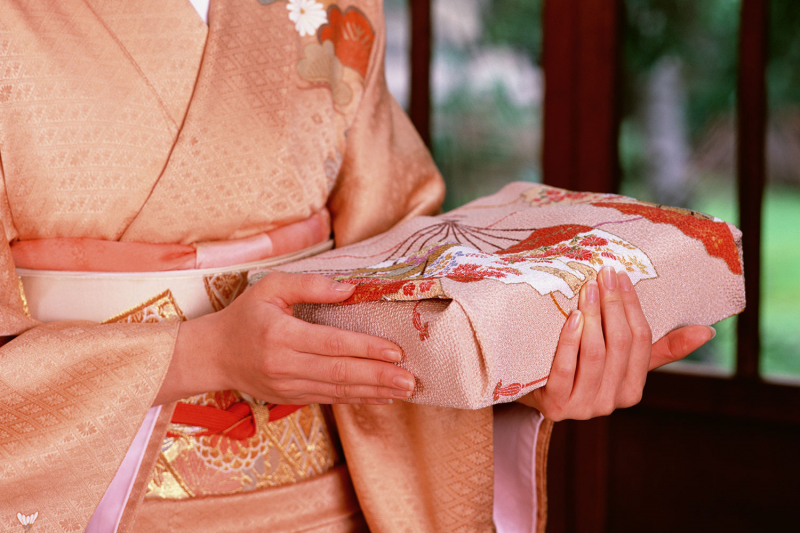
https://www.bhg.com.au/ 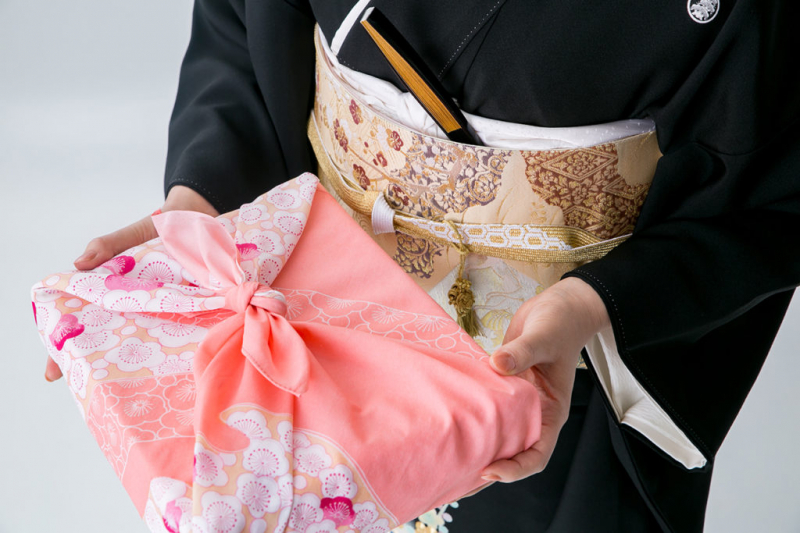
https://www.wwu-japan.com/ -
Await instructions on where to sit. A protocol needs to be followed. The individual who is being honored or who is the oldest will take the center seat, which is the farthest away from the door. The honored guest or the oldest individual starts eating first. You will reap huge rewards if you can use chopsticks.
Chopsticks should never be pointed. Do not use chopsticks to pierce your food. Every few bites, when you drink or pause to speak, and when you put your chopsticks down, you should put them back in the chopstick rest. When placing your chopsticks on the chopstick rest, avoid crossing them.
On one side of your plate, arrange the bones. Try a few other things. If you don't like the taste of anything, it's acceptable to ask what it is and even to make a face. Be prepared for your Japanese coworkers to gulp their soup and noodles. Rice and other foods are typically not combined. One is eaten after the other, but they should never be combined as is common in many Western nations.
Do not complete the contents of your glass if you do not wish to drink any more. An empty glass is a request for more service from someone. Place your chopsticks on the chopstick rest or the table when you've finished eating. Chopsticks should not be laid across the top of your bowl.
You will be given more rice if you leave any in your bowl. Completely eating all of the rice in your dish will indicate that you do not want more. When you're done eating, it's fine to leave a tiny quantity of food on your plate. The conversation is usually quiet at the table. The Japanese take their time eating.
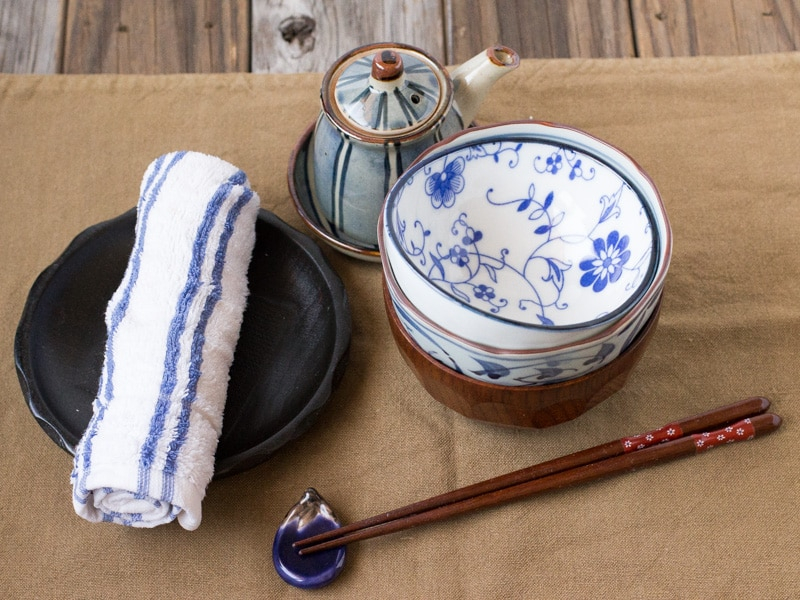
https://www.chopstickchronicles.com 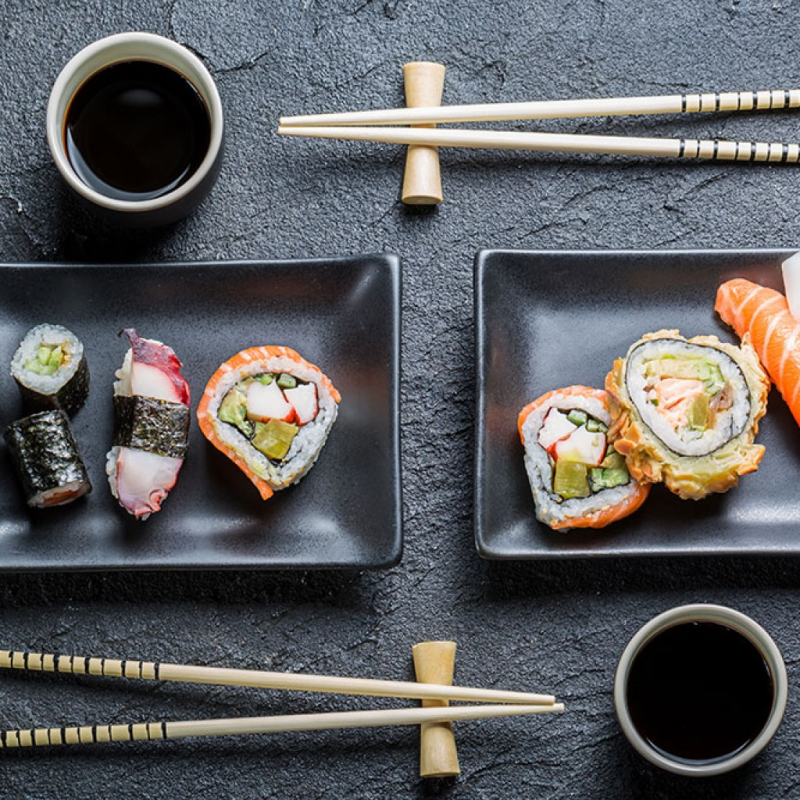
http://www.kobejones.com.au/ -
Checks are frequently shared among friends or even on dates in Japan. The term for this is betsu-betsu.
Men normally offer to pay a little bit more because their bills are usually higher because restaurants rarely issue separate checks, so this is how people generally work it out.Actual amounts are rarely calculated; instead, people tend to use approximations. Frequently, a senior participant in your group will pay monthly Splitting the cheque is unacceptable in professional settings. Typically, the business that is selling the item pays. It's usual to pretend to want to pay by fighting for the check when someone pays with cash. You shouldn't take this seriously. If your client decides to pay, your chances are slim.
In Japan, tipping is not customary. The best course of action is to provide a small gift or covertly offer some money in an envelope if someone has been especially helpful.
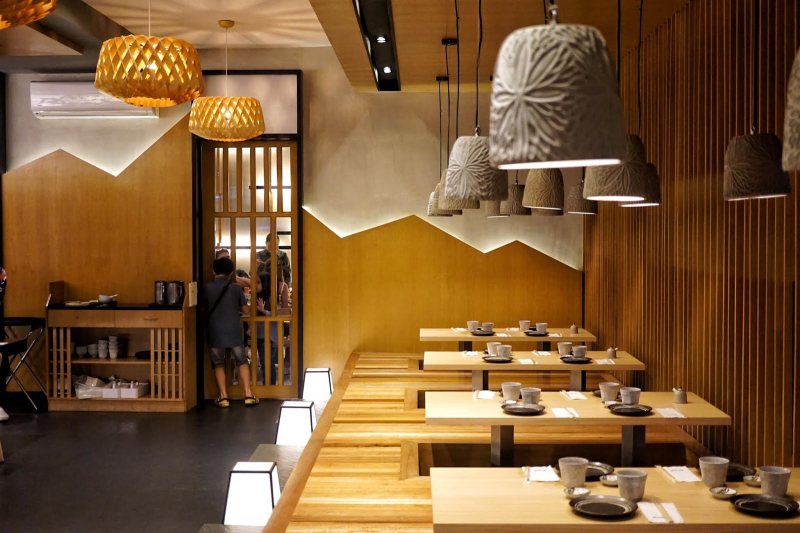
https://www.whatmaryloves.com/ 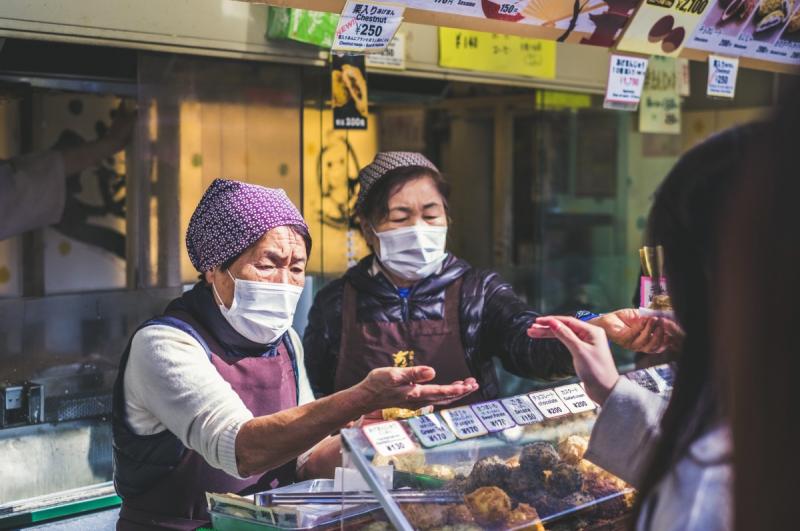
https://itsyourjapan.com -
In Japan, the arts play a significant role in daily life. Many schools and colleges provide instruction and preparation for careers in performance and the arts to their students. The great works of art created in Japan, including its architecture, sculptures, and paintings, are guarded by the Ministry of Education.
The tea ceremony, flower arrangement, and dance are only a few examples of the traditional arts and crafts that embody Japan's cultural legacy and are recognized as "living national treasures." Japan's literature and poetry have also shaped its history. For instance, Murasaki Shikibu, a noblewoman, wrote the famous classic "Tale of the Genji" around the start of the 11th century.
An international audience has embraced the popular creative forms of comic books and animation. Japanese martial arts, such as Jujutsu (a close-quarters fighting technique) and Kendo, are also a well-known and prestigious performing art (swordsmanship using bamboo swords and protective armour.)
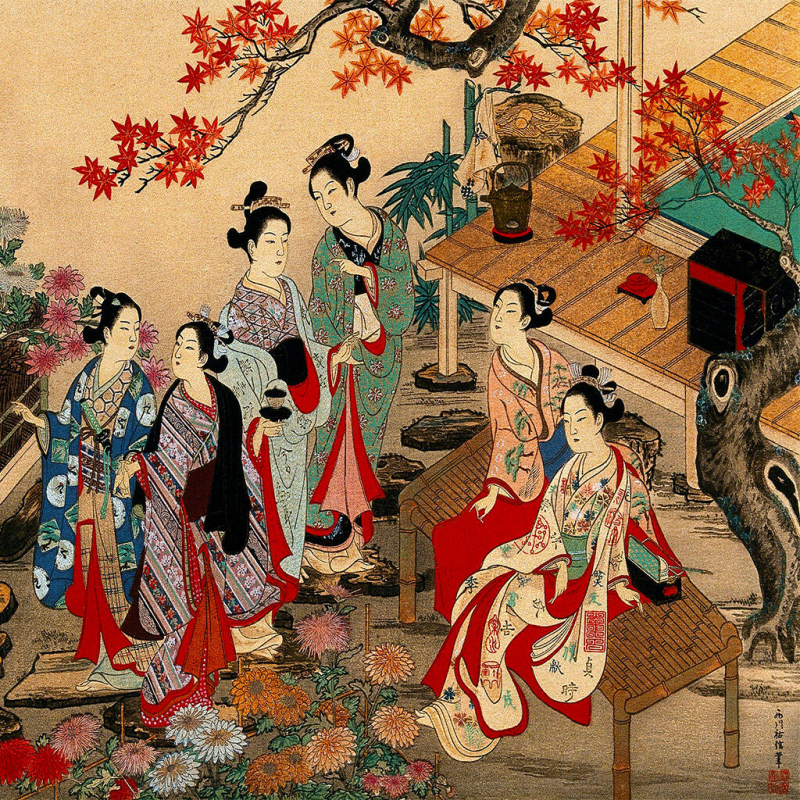
https://www.notonthehighstreet.com/ 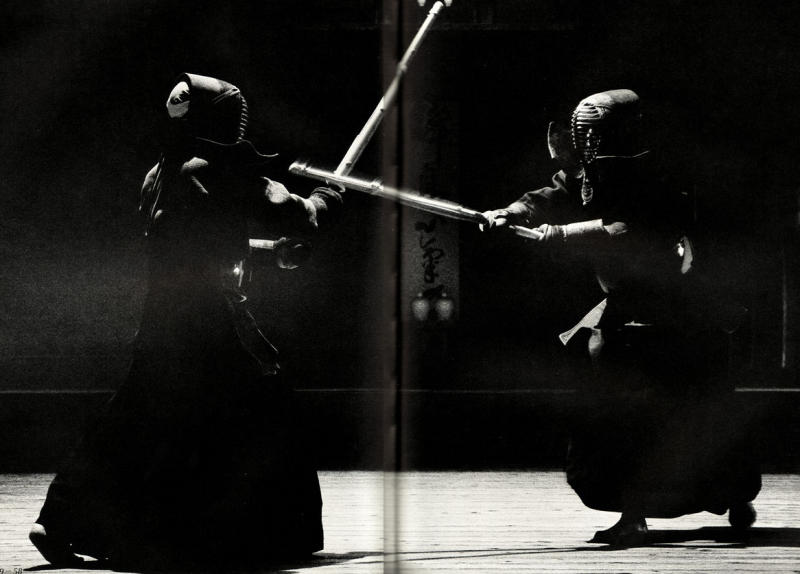
http://www.cnkendo-da.com/ -
Japanese people are tolerant of foreigners' etiquette gaffes because they recognize that tourists might not be familiar with all of its nuances. However, there are a few grave etiquette blunders that will be universally condemned, even by foreigners, and they must be avoided at all costs:
- Never walk on a tatami mat wearing shoes or even slippers
- Never leave your chopsticks standing upright in a bowl of rice as that is how rice is offered to the dead
- Never enter a bathtub without washing up first
- Shoes (and feet in general) are considered very dirty by the Japanese. Avoid pointing your soles at anybody (such as when sitting on the train) and try to restrain children from standing up on seats.
- Brushing your feet against somebody's clothing, even by accident, is very rude
- The Japanese consider back slaps rude, especially if they're coming from someone they just met.
- As it is not common practice in Japan, hugging should also be avoided. For Japanese people, it is typically very awkward and uncomfortable
- Point with an open hand, not a finger, and tell people to come by waving your hand facing down, not up
- Avoid shouting or talking loudly in public. Talking on a mobile phone on a train is considered rude, and many trains have signs advising you not to use them. (Sending text messages, however, is considered de rigueur)
- Blowing your nose in public is considered rude, much like flatulence. It is fine to walk around sniffling until you can find a private place to blow your nose
- World War II is a touchy and complicated topic, though perhaps not to the extent of Germany.
Swastikas, which are also used in India, China, and Taiwan, are good luck symbols used by Buddhists and do not signify anti-Semitism or Nazism. Consequently, Western visitors shouldn't be outraged if they encounter a swastika in a Buddhist temple or in the home of their host.
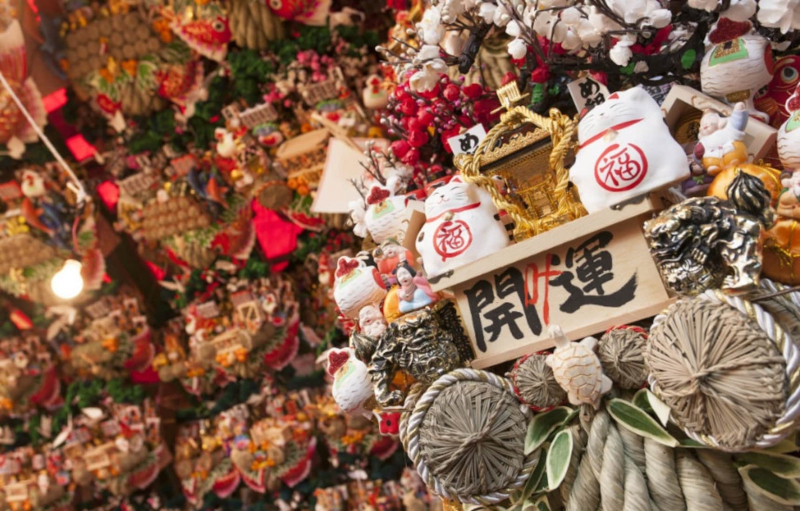
https://allabout-japan.com 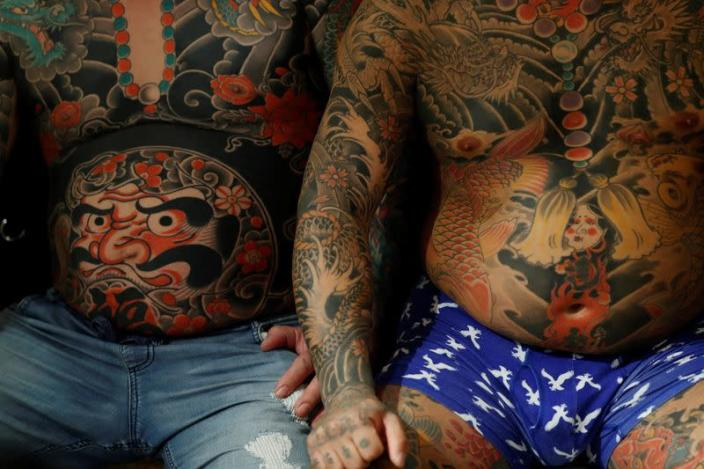
https://www.yahoo.com/ - Never walk on a tatami mat wearing shoes or even slippers
-
The act of expressing gratitude differs slightly from the need of providing gifts. Even if you bring a gift for your Japanese host, it is polite to send a handwritten thank-you card after your trip; it would be greatly appreciated.
You should be prepared to receive several photographs of you and your hosts together as Japanese guests are known to regularly exchange photographs taken with their hosts. An online communication can be sufficient, depending on their age and the type of relationship you have with them (personal or business).
In Japanese culture, the old are treated with considerable respect, and they are accustomed to the perks that go along with it. A bold obaa-san with her eye on a seat may surprise others waiting to board a train by shoving them aside. Be aware that many trains have designated "silver seats" for the elderly and those with disabilities.
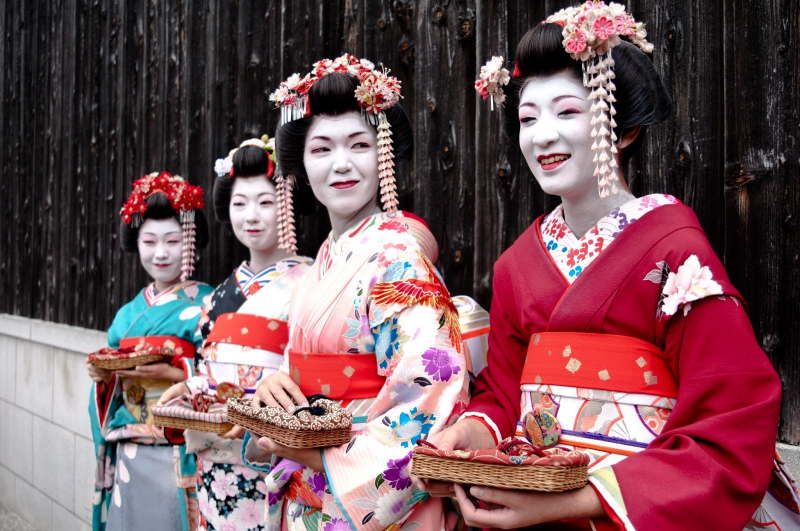
http://www.holidayfans.com 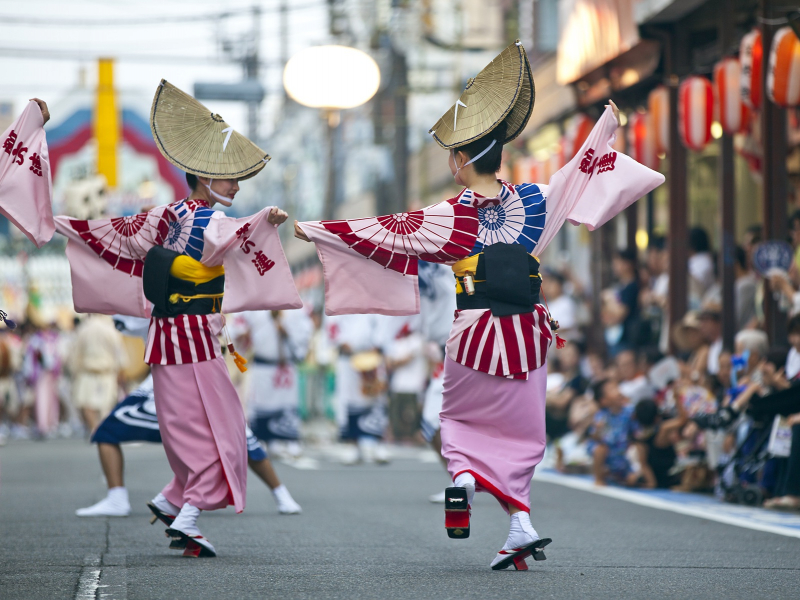
https://travel.gaijinpot.com -
In order to enter a Buddhist temple or a Shinto shrine, you must first go through the proper purification ritual at the chazuya. Rinse your left hand first, then your right hand, after filling the dippers with water. After that, rinse your mouth with water that you cupped in your left hand. Avoid putting your mouth in direct contact with the dipper. Finally, use the water that is still in the dipper to rinse your left hand one more.
You might have to lug your trash around for a while before finding a trash can because there aren't many around. Japan is particularly aware of recycling, so you'll frequently see 4 to 6 of them together when you do. The majority of disposable containers are marked in Japanese with a recycling symbol that denotes the kind of material they are made of.
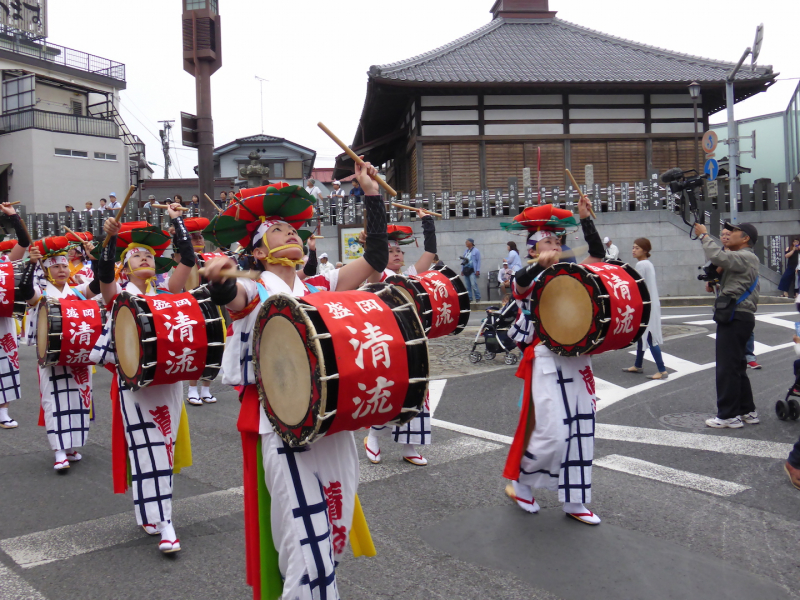
https://speakingmylanguages.blogspot.com 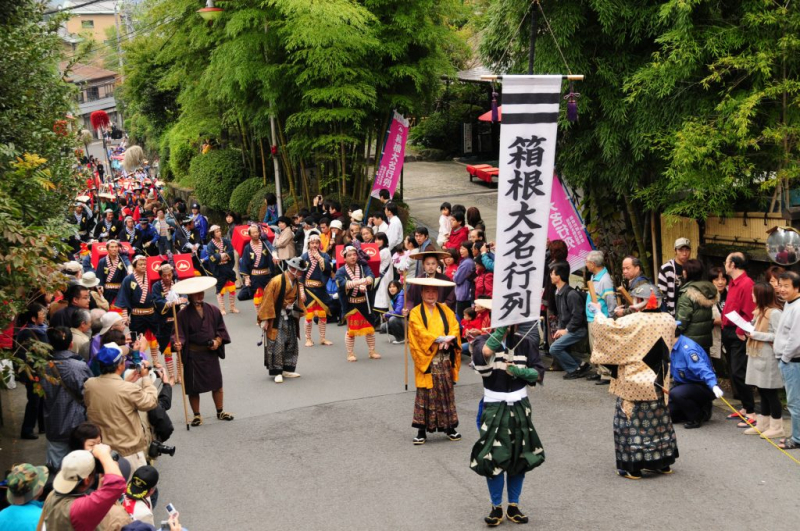
http://louiseloveslondon.com -
It's true that many Japanese are wary of outsiders, mostly out of a concern about not being able to communicate, which is why some foreign tourists to Japan lament how challenging it is to meet locals. There are numerous opportunities for somewhat formal communication, such as through the Goodwill Guides, and learning a few Japanese words will be of great use. Otherwise, try stopping by a neighborhood pub, yakitori restaurant, or similar establishment; chances are someone who is drunk and cocky will start a discussion.
There is a flurry of bowing whenever Japanese people meet, express gratitude, or bid farewell. The relative rank of the two people determines the precise depth of the bow and how long it is held. Although bowing isn't demanded of foreigners, it's incredibly contagious, so before you know it, you'll be bobbing along with the rest of them. A quick half-bow or a slight nod are the typical compromises. Japanese who are more accustomed to Western norms may extend their hand to shake with you; in this instance, be gentle because they won't be anticipating a firm grasp.
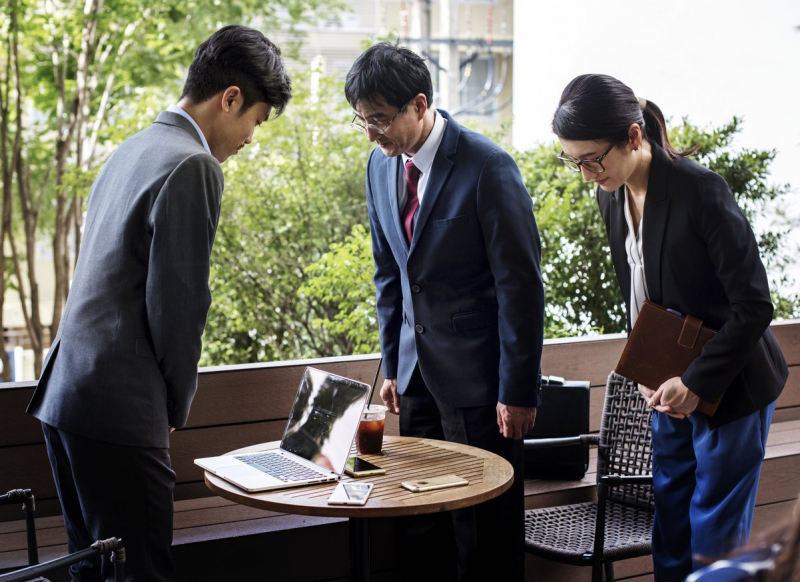
https://planetdepos.com 
https://www.bizepic.com -
Particularly in Tokyo, Japanese people have a penchant for dressing formally. While tourists don't need to go overboard, they will be more well-liked if they are neat and tidy, and anyone intending to conduct business must wear a sharp suit. It's also crucial to arrive on time for both social and professional appointments.
This book follows the convention of writing Japanese names with the family name coming first, then the given name (except where the Western version has become famous, such as Issey Miyake). However, when interacting with foreigners, they could write their names reversed. If you're unsure, check because it's customary to address people with their family name followed by the suffix -san, as in Suzuki-san.
San is an honorific term used to address others, thus you shouldn't use it to introduce your family or yourself. Additionally, you'll frequently hear the diminutives -chan or -kun used as a form of address; they are only used for very close friends, young children, and pets. The most polite form of address is one that ends in "sama."

https://kyotokimono-rental.com/ 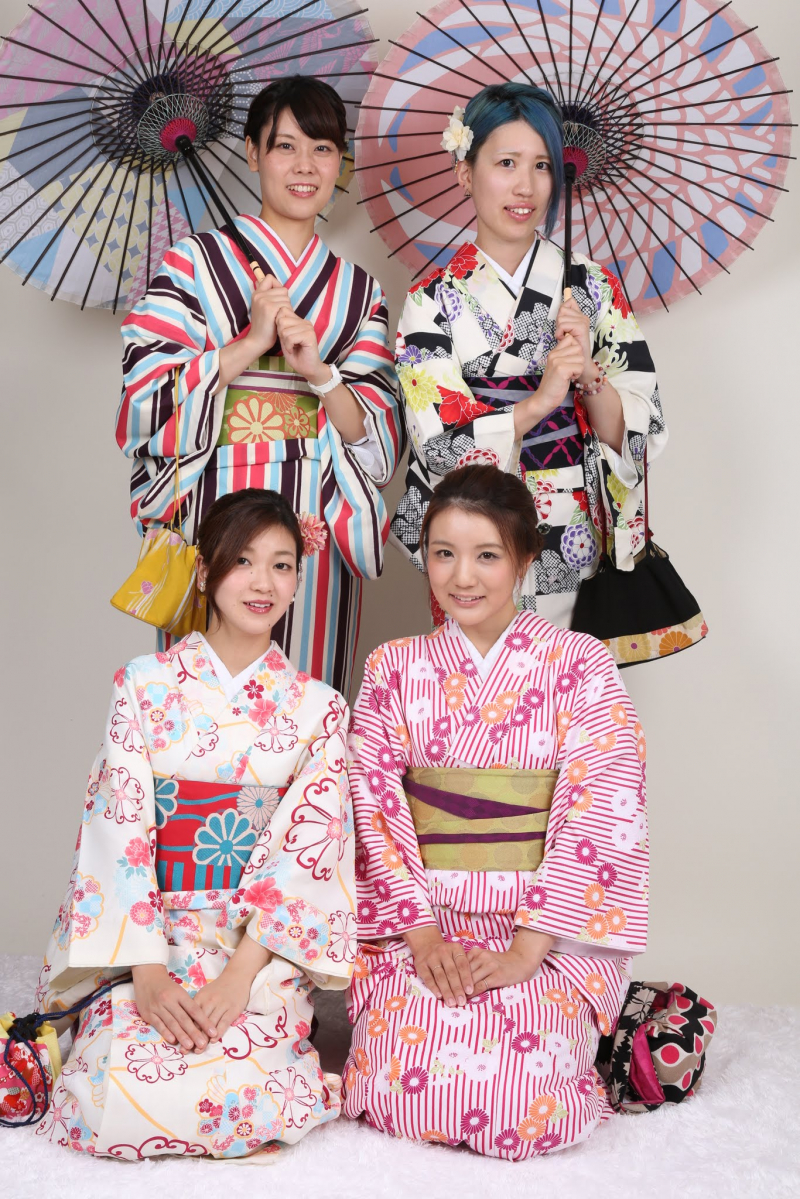
https://kyotokimono-rental.com/































